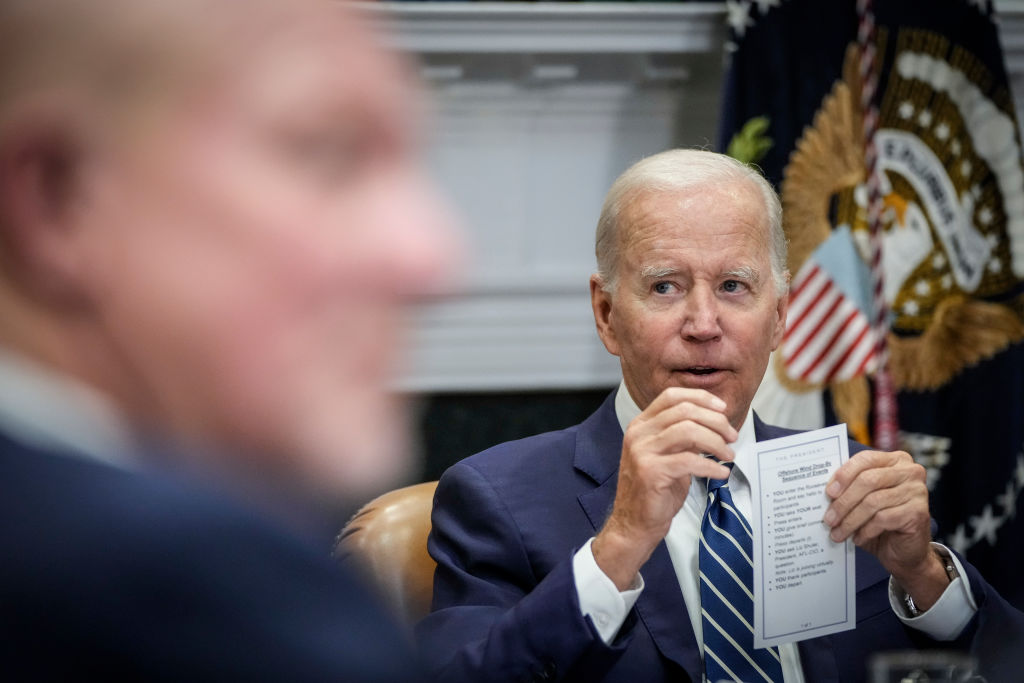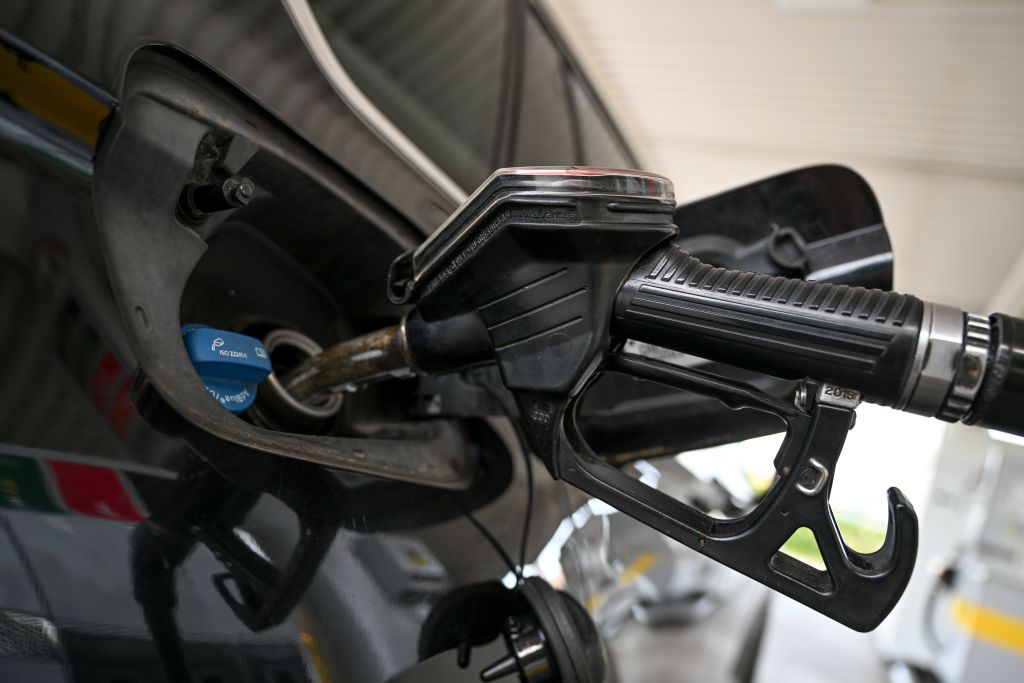Even when President Joe Biden is trying to provide relief to the American people, he still blunders, bungles, and botches the public policy scheme. Speaking at the White House on June 22, the president announced that he is calling on Congress to lift the 18-cent-a-gallon gas tax and the 24-cent-per-gallon diesel levy, revenue streams that finance the Highway Trust Fund. Biden also provided a litany of excuses as to why fuel prices are high, from Russian President Vladimir Putin to greedy gas station owners. While this proposal will not achieve much, energy commodities are coming down, which means he will take a victory lap if he does not fall flat on his face. So, what’s the deal with the gas tax and energy markets?
The Gas Tax
In addition to urging lawmakers to temporarily lift the federal gas tax for three months, the White House is also pushing states to offer some consumer relief, be it removing their gas penalties or extending rebates. Moreover, the administration is encouraging oil and gas refineries to expand capacity and forget about profits because the world is at war while telling gas stations to pass on the savings to drivers. In total, Biden and his team estimate that consumers could enjoy relief of up to $1 per gallon.
“Now, I fully understand that a gas tax holiday alone is not going to fix the problem, but it will provide families some immediate relief — just a little bit of breathing room — as we continue working to bring down prices for the long haul,” Biden said. “We just have to keep going. I promise you I’m doing everything possible — everything possible to bring the price of energy down, gas prices down. And I want to make sure we all work on this together.”
Is this realistic? Not really – and for a few reasons. The first is that refiners are at or near full capacity anyway, and this is a contributing factor to why petroleum is so high: It is becoming extremely difficult to keep up with demand, whether it is due to unsuitable infrastructure or a lack of workers.

(Photo by Drew Angerer/Getty Images)
The second is gas stations purchase their supply every three to six days. If there is anything global energy markets have taught us over the last two years, this sector of the economy has turned extremely volatile. Since it seems Biden does not know how gasoline stations work, it should be pointed out that local factors also play a role in how gas stations operate: The average net margin for fuel stations is typically as little as 1% on each purchase, with most of their revenues emanating from products sold inside, such as packaged sushi or overpriced bags of chips.
Third, if these measures were to succeed and bring the price of gas and diesel down, it would still result in long-term inflationary pressures since it would add to demand in an already tight market. Put simply, the president is employing inflationary strategies that led to today’s 40-year-high consumer price index.
Nevertheless, if Congress does move ahead with this plan, 18 cents is a drop in the bucket compared to the extra $3 per gallon that Americans have had to endure since the beginning of Biden’s term.
Even members of his party disagree with the idea. House Speaker Nancy Pelosi (D-CA) refused to endorse the concept, perhaps agreeing with her previous statement in April that there would be “no guarantee” of savings. Many Democrats wonder if any significant portion of the savings will be delivered to consumers rather than the large oil and gas firms. Plus, Republicans echoed former President Barack Obama’s statement that a gas tax holiday is nothing more than a gimmick. “The administration of course is coming up with yet another gimmick, another Band-Aid and something they know is dead on arrival up here in Congress,” Senate Minority Whip John Thune (R-SD) told reporters.
The State of Oil
Over the last week, crude oil prices have cratered, with West Texas Intermediate (WTI) futures falling nearly 6% and Brent futures sliding about 6.5%. Natural gas futures have also cratered 15% on the New York Mercantile Exchange due to changes in weather models and the latest developments in Freeport LNG. Did President Biden magically touch a button to send prices lower? In fact, he had nothing to do with the selloff, although the administration will likely take credit for it. Investors turned bearish over recession fears, worried that an economic downturn would diminish demand.
As a result of falling oil prices, the national average cost of gasoline has responded to the latest developments by slipping below $5 per gallon. Diesel has edged down to $5.80, according to the American Automobile Association (AAA).

(Photo by Felix Kästle/picture alliance via Getty Images)
But many market analysts believe the selloff is likely a temporary reprieve for businesses and consumers. Despite the international community pumping 240 million barrels of crude oil into the market this year, as noted by President Biden in his prepared address, the levels are not enough to satisfy worldwide demand, especially considering the US consumes roughly 18 million barrels per day and advanced and developing countries are having a tough time keeping their lights on.
In the coming weeks, energy markets will be focused on these trends: China reopening its economy and ramping up crude imports, structural shortages, declining Russian exports, US output is still below pre-pandemic levels, summer driving season, and rebalancing in global energy markets.
What Are the Real Solutions?
The consensus among industry observers is that this might add short-term relief, but it does not address the long-term problems and could add to the numerous challenges facing the energy sector, be it inflation or lackluster supply. Perhaps the American Petroleum Institute’s (API) ten-point plan is the correct working model for President Biden; it includes lifting development restrictions on federal lands and waters, repair the NEPA permitting process, and end permitting obstruction on natural gas projects. Of course, these proposals make sense and can lead to a revitalized and robust US energy sector for many years. But the president is unlikely to do this. Why? Consider these words from then-candidate Joe Biden: “Number one, no more subsidies for fossil fuel industry. No more drilling on federal lands. No more drilling, including offshore. No ability for the oil industry to continue to drill, period, ends, number one.”



